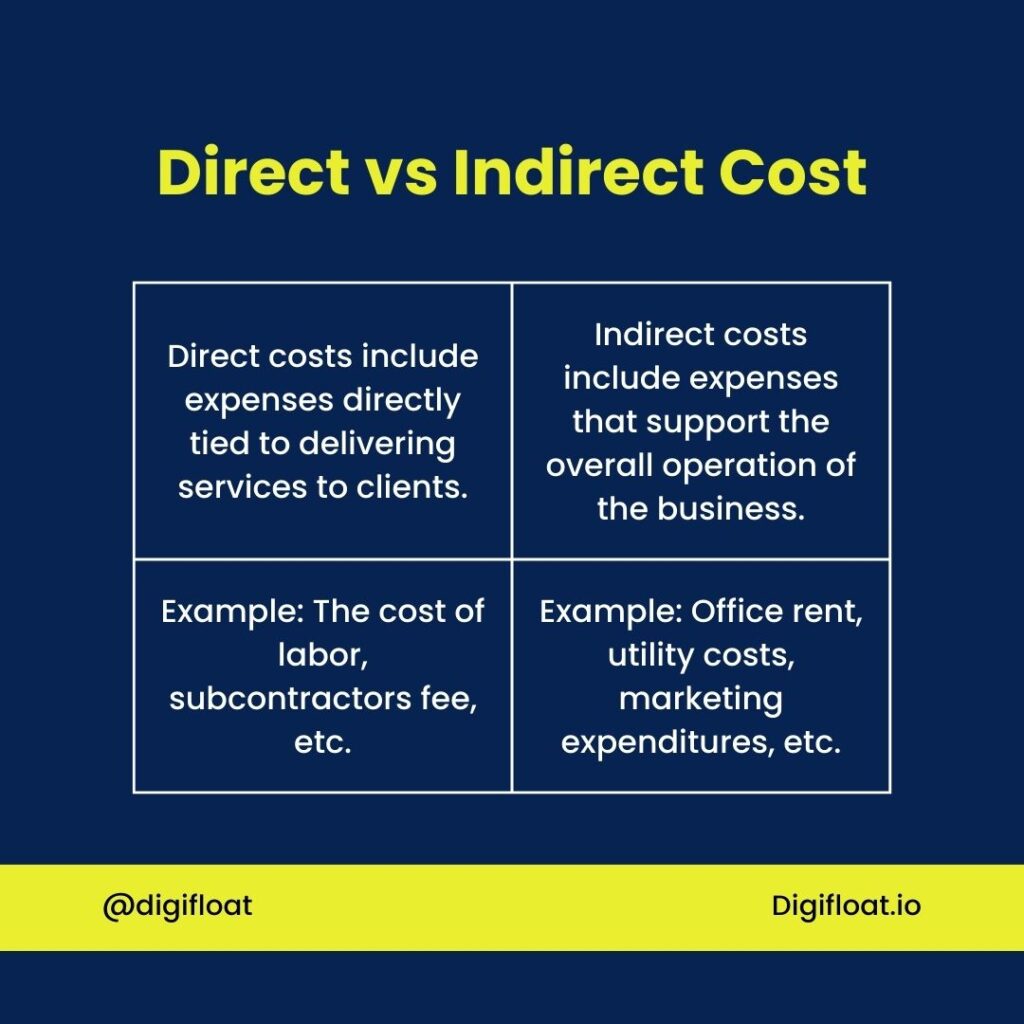Starting a service business comes with its fair share of challenges. I started Digifloat back in 2019, and since then, I have encountered all the exhilarating highs and daunting lows that accompany building a business from the ground up.
Among the many challenges we encounter, one of the most daunting is pricing our services because it’s difficult to determine the true worth of what we offer. There’s also a fear of either overestimating and pricing ourselves out of the market or undervaluing our expertise and selling ourselves short.
Through my own experiences, I have learned the hard way that this task demands a lot of research, market analysis, and a deep understanding of the value we bring to the table. And even then, there’s no guarantee you’ll get it right the first time.
This is precisely why I’m writing this article – to help my fellow small business owners facing the same dilemma. I’ll share everything I have learned over the years to help you confidently and accurately price your services.
How to Price Your Services
- Calculate the Overall Cost
- Determine the Delivery Method
- Analyze Your Competitors
- Choose a Pricing Model
- Optimize As Per Demand
Let’s discuss these 5 points in more detail.
1. Calculate the Overall Cost
The first step when pricing your services is to get a comprehensive understanding of all the costs associated with delivering those services. You can divide these costs into two categories:
- direct cost, which includes expenses directly tied to the production or delivery of your services and
- indirect costs that support the overall operation of your business.

For example, if you’re a graphic designer, your direct costs will include labor costs, licensing fees for graphics, etc. Whereas your indirect costs will include overhead expenses such as office rent, utilities, marketing fees used to attract customers, etc.
It’s important to start by listing all your direct and indirect expenses and then assign a monetary value to each item. You can do it manually using Google Sheets or use an accounting software such as Wave to calculate your overall cost accurately.
This information will allow you to set prices that cover your costs and generate a profit. It will also ensure that you keep your business financially sustainable in the long run.
2. Determine the Delivery Method
How you plan to complete and deliver the projects will also greatly influence your pricing strategy. Firstly, if you’re going to handle all aspects of the work yourself, you need to consider the number of hours you’ll spend on each project and the value of your time. You also need to assess your skill level and expertise to determine what value you bring to the table.
If you’re considering other options, such as outsourcing certain aspects of the work to third-party contractors or agencies, you’ll have to include the cost of the vendor as well. And since all these are critical aspects, determining your delivery method upfront will ensure that your prices cover your costs and generate a profit.
3. Analyze Your Competitors
Now, you need to conduct thorough market research to understand what similar services are priced in your industry. This will give you a benchmark to work from and help you position your services competitively.
However, you shouldn’t solely rely on what your competitors are charging because your prices should be tailored to reflect the quality of your services and your expertise. You should simply use your competitor’s pricing strategies to gain insights into the market landscape. Then, you can create a pricing structure that aligns with your unique value proposition and business goals.
4. Choose a Pricing Model
There are various types of pricing models, and you need to carefully evaluate each one to determine which aligns best with your business objectives and target market. The simplest way to approach this is to assess the market demand and customer preferences.
For example, there are certain industries that lean towards hourly rates because the customers seek flexibility. On the other hand, in certain industries where the scope and timelines are more predictable, customers prefer fixed-rate arrangements.
Similarly, you can also explore other options like value-based pricing, retainer model, cost-plus pricing, etc. The important thing is to thoroughly compare the pros and cons of each pricing model before making a decision.
5. Optimize As Per Demand
If you have properly done everything we talked about in the last 4 points, you’ll have a good idea about what prices you are going to set for your services. However, I want to emphasize the importance of maintaining flexibility, responding to market dynamics, and continually refining your approach to remain competitive and profitable.
Remember that the market demand is always fluctuating. It can change due to certain economic factors, customer preferences, technological advances, and other factors. And with any major change, you need to be prepared to adjust the pricing accordingly.
You can increase the cost on account of inflation to maintain margins and sustain business growth. Or you can offer discounts to increase demand and attract new customers. Just make sure you’re carefully balancing the adjustments to maintain profitability and meet customer expectations.
Summing Up: How to Price Your Services
Pricing your services takes a lot of trial and error. The prices we offer for our services today are nowhere close to what we offered during the initial phases. It’s been a journey of continuous learning to find the sweet spot where we can offer the best prices to our customers while also maximizing our profit.
I hope this article helped you understand how to price your services. But if you have more questions about this topic or any other aspect of starting a business, feel free to reach out to me directly on LinkedIn. I’m here to help!
